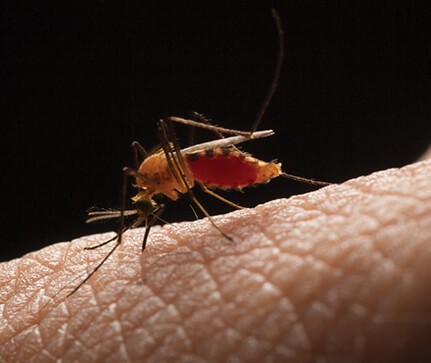Protein Identification Aids in Zika Virus Battle

By Ralph Birch
Earlier this year, scientists from the University of Massachusetts Medical School performed the first CRISPR/Cas9 screen to identify the human proteins Zika virus needs for replication. This screening process, outlined in a recent issue of the Cell Reports journal, has helped researchers zero in on new approaches that could prove useful in halting Zika, dengue and other viral infections.
“These genetic screens give us our first look at what these viruses need to survive,” said Dr. Abraham Brass, assistant professor of microbiology and physiological systems at UMass. “Our lab and others in our field have worked hard to develop the systems and infrastructure needed to investigate the genetics underlying how viral pathogens use our own cell’s machinery to replicate.”
With few proteins of its own, Zika virus must take over the proteins of host cells in order to grow and replicate. Some varieties of antiviral therapies used to combat the same behavior in HIV and hepatitis C work by disrupting the ability of the virus to connect with the resources in host cells. Now that the CRISPR/Cas9 screen performed by the UMass group has identified the human proteins Zika can penetrate, the next step is finding out which of the more than 20,000 proteins the virus needs to replicate.
“These viral dependencies on human proteins represent weaknesses that could potentially be used to prevent or stop infection,” said Dr. Brass. “Just like any enemy, the more we know about how these viruses function and replicate, the better.”
Zeroing In
So far, Dr. Brass and his team have identified a handful of proteins that both the Zika and dengue viruses tend to target for replication. The AXL protein is used to gain access to cells, and the endoplasmic reticulum membrane protein complex (EMC) is important in the early stages of the infection of a cell. The ability to identify these proteins is the first step toward finding an effective treatment for Zika and eventually developing therapies that inhibit the virus.
Zika virus was first isolated in an African macaque. It emerged in Micronesia and Southeast Asia beginning in 2007 and
made its way to South America in 2015. As Zika virus continues to spread through Central and South America, medical professionals are learning more about the impact of the disease. It can cause microcephaly in newborns and Guillan-Barre Syndrome in children and adults.
The Future
Currently, there is no cure for Zika virus. Essentially, the only way to prevent infection is to limit potential exposure to the mosquitoes that carry the disease. Scientists are in the process of developing tools to learn more about how these viruses invade and exploit host cells to replicate. So far, RNAi and CRISPR technologies, viral evolution analysis, and mouse models have been employed to investigate Zika.
“We plugged Zika virus into our system and immediately began studying it,” Dr. Brass said. “What might have taken much longer to build from the ground up, we were able to turn around in a few short months. Our goal was to get the screens done, find what the viruses need to grow, and then get the data out to the rest of the research community right away.”